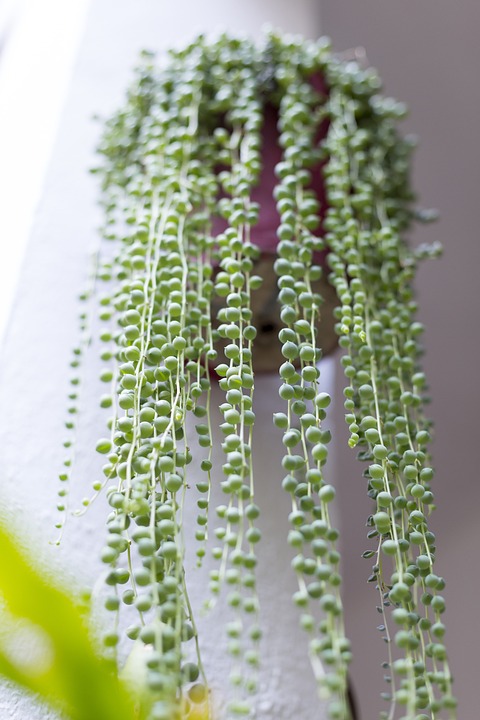Introduction
Cordoba, a city located in Andalusia, Spain, is renowned for its architectural marvels that showcase a captivating blend of Islamic and Christian influences. This unique fusion is a result of the city’s rich and multicultural history, where different civilizations have left their mark over the centuries.
The Great Mosque of Cordoba
One of the most iconic examples of this architectural blend is The Great Mosque of Cordoba, also known as the Mezquita. It was originally a Visigothic church, which was later transformed into a mosque during the Islamic era, and then subsequently converted into a Catholic cathedral during the Reconquista.
The mosque’s construction began in the 8th century and continued for several centuries. Its interior is an impressive sight, featuring a forest of over eight hundred columns made of various materials, including marble, jasper, and onyx. The horseshoe arches, intricate geometric patterns, and ornamental calligraphy that adorn the walls are a testament to the Islamic influence on the architecture.
However, the Christian influence can also be observed within the mosque. The central nave, added during the cathedral’s construction, stands out with its elaborate Baroque style. The cathedral’s stunning altarpiece, chapels, and dome further emphasize the harmonious blend of architectural styles.
Alcázar de los Reyes Cristianos
Another architectural gem in Cordoba is the Alcázar de los Reyes Cristianos (The Alcázar of the Christian Kings). Built in the 14th century, this fortified palace served as the residence of Christian monarchs during their visits to the city.
The Alcázar showcases a magnificent display of both Islamic and Gothic influences. Its stunning gardens, adorned with fountains, pools, and manicured hedges, are reminiscent of Islamic paradise gardens. The architectural elements, such as the horseshoe arches and intricately carved ceilings, reflect the Moorish influence present in many areas of the palace.
On the other hand, the Gothic influence is prominent in the upper floors and courtyards of the Alcázar. The intricate stone carvings, grand halls, and the Royal Baths are striking examples of this architectural style.
Synagogue of Cordoba
The Synagogue of Cordoba, dating back to the 14th century, is yet another architectural masterpiece that exemplifies the city’s rich cultural blend. This small yet stunning synagogue is one of the few surviving examples of medieval synagogues in Spain.
The interior of the Synagogue is marked by typical Mudejar architectural style, where Islamic motifs are fused with Jewish elements. The horseshoe arches, decorative plasterwork, and inscriptions in Hebrew beautifully harmonize with the overall design. The intricate interlacing of religious symbols and motifs is a testament to the syncretism present in Cordoba’s architectural heritage.
FAQs
Q: How long does it take to visit Cordoba’s architectural marvels?
A: The time required to visit Cordoba’s architectural marvels depends on the visitor’s preferences. However, it is recommended to allocate at least two to three days to explore the major sites thoroughly.
Q: Are there guided tours available for these architectural marvels?
A: Yes, guided tours are available for all the major architectural marvels in Cordoba. These tours provide valuable insights into the history and significance of each site, making the experience more enriching.
Q: Are these architectural marvels accessible to people with disabilities?
A: Efforts have been made to make the major architectural marvels in Cordoba accessible to people with disabilities. However, it is advisable to check specific accessibility information for each site before planning a visit.
